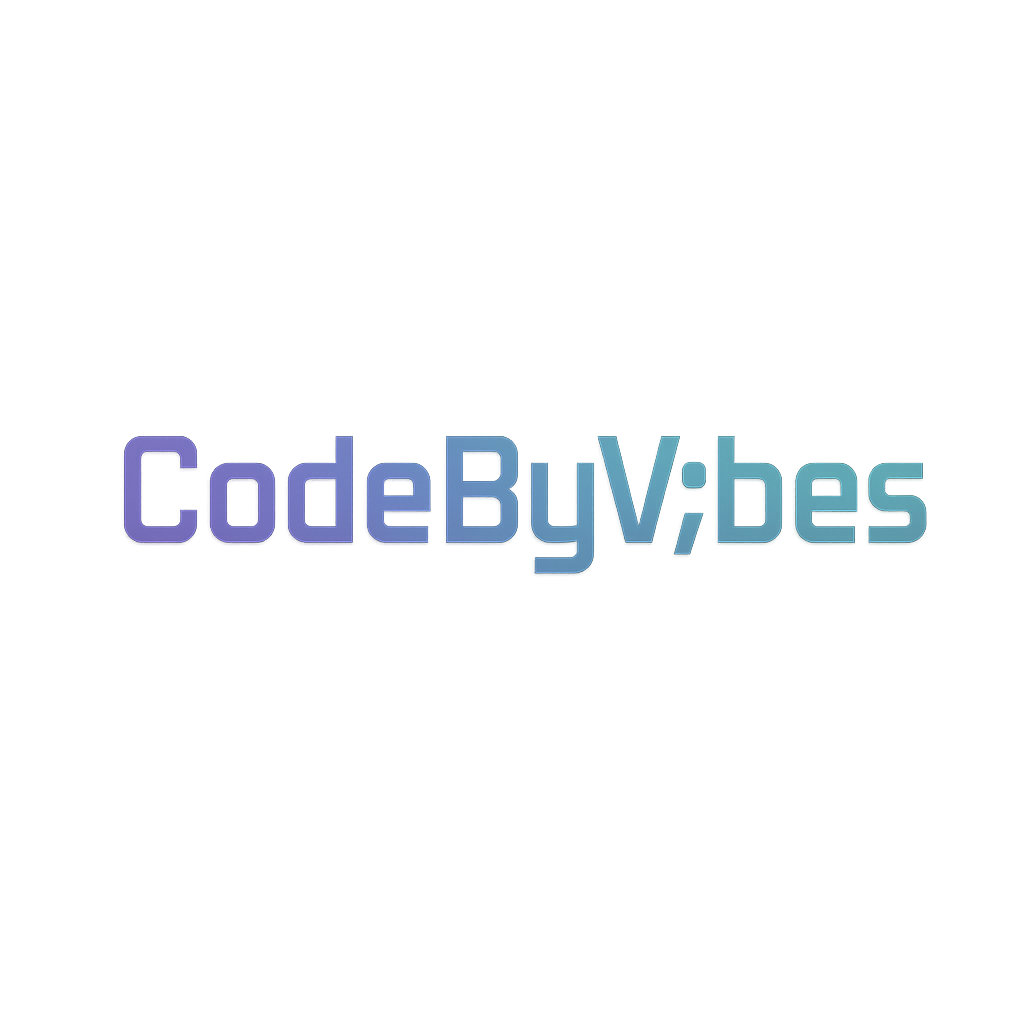Vibe Coding vs Traditional Coding: What’s the Difference?
Introduction
For decades, coding meant writing instructions line by line, carefully debugging and optimizing along the way. As CareerFoundry explains, “coding is the process of giving computers instructions using languages like Python, Java, or C++ to perform specific tasks” .
But in 2024, OpenAI’s Andrej Karpathy coined a new phrase in a viral tweet: “vibe coding.” He described it as letting AI generate code while you guide it with conversational prompts, skipping most of the tedious typing.
At first, it sounded like a joke. Yet by 2025, vibe coding has evolved into a real movement, backed by platforms like Bolt.new, Claude Code, Rocket, Base 44, and Cursor. Cloudflare defines it as “AI-assisted coding where natural language replaces syntax, allowing developers and non-developers to build software by describing their intent” .
So how does it really compare to traditional coding? Let’s break it down.
1. Workflow
Traditional Coding
- Requires structured planning, deep knowledge of programming languages, and debugging skill.
- Developers handle every detail manually: writing, testing, and fixing.
- Iterations are slower but highly controlled.
Vibe Coding
- Driven by conversation, not syntax.
- You describe what you want (“make the sidebar narrower”), and the AI writes or adjusts the code.
- Error handling is conversational too: paste the error into the AI, ask for a fix, and iterate.
💡 Key Takeaway: Traditional coding = logic-driven. Vibe coding = conversation-driven.
2. Speed
Traditional Coding
- Can be slow, especially for beginners.
- Debugging often consumes more time than writing.
- Shipping a complete app or website usually takes days, weeks, or even months, depending on complexity.
Vibe Coding
- Much faster for prototyping and MVPs.
- Weekend projects can come alive in hours instead of weeks.
- As one Medium article observed: “You don’t need to code; just vibe code it. ‘I made an app in 2 hours.’ ‘I created a Netflix clone in a minute.’ The entire social media, especially Twitter, is filled with these kinds of posts.”
This highlights the cultural reality: vibe coding isn’t just a technical shortcut — it has created a new norm of rapid building. The ability to go from idea → working demo in a matter of hours is what sets vibe coding apart. For traditional coding, that same process would require significant planning, coding, and debugging time.
💡 Key Takeaway: Vibe coding isn’t about cutting corners; it’s about dramatically accelerating iteration. That speed makes it especially valuable for testing ideas, building proofs-of-concept, and launching side projects.
3. Accessibility
Traditional Coding
- Steep learning curve.
- Requires years of practice to master.
- Errors and syntax rules can discourage newcomers.
Vibe Coding
- Accessible to anyone with an idea, regardless of technical background.
- Lowers barriers to entry → more diverse creators building apps, tools, and websites.
💡 Key Takeaway: Traditional coding keeps the gates high. Vibe coding opens them wide.
4. Outcomes
Traditional Coding
- Precision: Highly optimized, efficient, and scalable.
- Reliability: Enterprise-grade apps depend on this.
- Maintainability: Developers understand and own every line.
Vibe Coding
- Flexibility: Great for personal projects, MVPs, and experiments.
- Innovation-friendly: Encourages trying bold ideas quickly.
- Good enough: Code may be messy, but it works.
💡 Key Takeaway: Traditional coding = control. Vibe coding = possibility.
5. Side-by-Side Comparison
| Factor | Traditional Coding 🖥️ | Vibe Coding 🎶 |
|---|---|---|
| Workflow | Logic, syntax, debugging | Conversational, iterative |
| Speed | Slower, structured | Rapid prototyping, instant iteration |
| Accessibility | Requires years of study | Anyone with an idea can start |
| Outcomes | Optimized, scalable, precise | Flexible, creative, experimental |
| Best For | Complex apps, enterprises | MVPs, weekend projects, personal tools |
| Barrier to Entry | High | Low |
6. When to Use Each
Stick with Traditional Coding When…
- Building mission-critical systems (finance, healthcare, infrastructure).
- Performance, scalability, and security matter most.
- Long-term documentation and maintainability are essential.
Embrace Vibe Coding When…
- Testing new ideas or side projects.
- Creating quick prototypes or MVPs.
- You want to focus on vision, not syntax.
- You’re a non-coder who just wants to see your idea live.
7. The Hybrid Future
This isn’t an “either/or” world. The future is hybrid.
- Professional developers are already mixing vibe coding into their workflows to speed up boilerplate and debugging.
- Non-coders are using vibe coding to compete with startups and corporations, turning ideas into real products without needing large budgets.
Vibe coding doesn’t erase traditional coding — it augments it.
Final Thoughts: Leveling the Playing Field
Vibe coding may have started as a joke, but it’s grown into a serious creative paradigm. We are at a special moment in history:
- Startup capital is no longer a barrier. With vibe coding, you can build apps with little or no upfront money.
- Regular people can compete with big tech. A solo creator can launch something that rivals a corporate-built product.
- The gap is closing. Vibe coding bridges the divide between the everyday innovator and the global conglomerate.
Traditional coding will always matter for precision, reliability, and scaling. But vibe coding empowers everyday people to create, experiment, and innovate in ways previously out of reach.
That’s not just a shift in software development — it’s a cultural shift. And it’s only just beginning.
Quick Key Takeaways
- Traditional coding = control, reliability, scalability.
- Vibe coding = speed, accessibility, creativity.
- Use traditional for enterprise-grade systems.
- Use vibe coding for prototypes, side projects, and innovation.
- The future is hybrid — developers and non-coders working together with AI.
References
- Cloudflare: AI Vibe Coding Explained
- CareerFoundry: What Is Coding?
- Medium: You Are Fired Now

